Log #1 - Implementing the Stack, and Defining the Data Flow
Log #2 - Creating the Sub-Circuit Modules in Qucs
Log #3 - First Attempt at Designing the Perboard Layout
Log #4 - Explaining How the RAVEN's Flip-Flops Work
Log #5 - Purchasing the Circuit Board
Technological disobedience is an imperative today. All the biggest CPU manufacturers are all part of the capitalist military industrial complex.
With this discrete transistor computer, I aim to show that it is possible to create a reasonably functional 12-bit computer with a (relatively) low number of parts. If I can complete this project successfully, I will go on to create a design for a discrete transistor computer that more closely resembles the feature set of a proper general-purpose computer.
So this project really is to make something like a toy, but I do want to go on to create a hackable Second Generation computer that allows you to take control of how your everyday appliances are designed, and help you understand how they work, so you can't be fooled or controlled.
--
In order to make the design of this computer as simple as possible, I have decided to follow a popular trend of making a computer with the 8 'brainfuck' esoteric language operations as the ISA of this computer.
That way, an accumulator and an ALU are not necessary for this design. Also, absolutely no general purpose working registers are needed either. All of the operations of the brainfuck esoteric language can be carried out by incrementing and decrementing a Memory Data Register, a Memory Address Register, and including one extra register, a Stack Pointer, in order to speed up the [ and ] commands.
--
This project follows in the footsteps of the famous PDP-8/S, which was the smallest and cheapest commerically available computer when it was released. It was also a masterpiece of engineering, and was not some shoddy gimmick. It combined beautful concepts while still ushering in more democratic access to computing.
This is what I aim to achieve with the RAVEN, of which I only really want to build one model - greater hardware openness and democracy, and education.
I aim to make the RAVEN as cheap as possible to build, so other people can copy my plans and follow along.
I aim to avoid as many of the metaphors and idiosyncracies of the x86, 8080, 8088, and 8085 Intel processors. I think they are ugly and incredibly unparsimonious designs, and I was very dismayed to find that the later Malvino Digital Computer Electronics editions cut out large sections of wonderful exploration in the 70s editions for just copying and pasting explanations of Intel x86 CPU architectures.
I also mean this project to be a big of a 'stuff you' to Microsoft/Windows/Intel. I by far prefer the engineering culture at DEC, and I think the absolute beauty of their computers is evidence that DEC fostered much greater creativity and freedom in their engineering.
(Also DEC had an excellent corporate culture of looking after their employees.)
--
Anyway the take-home message I want to get across is I would love to show people that they can have much greater control and understanding of exactly what their computer is doing, and how it is doing it.
 Blair Vidakovich
Blair Vidakovich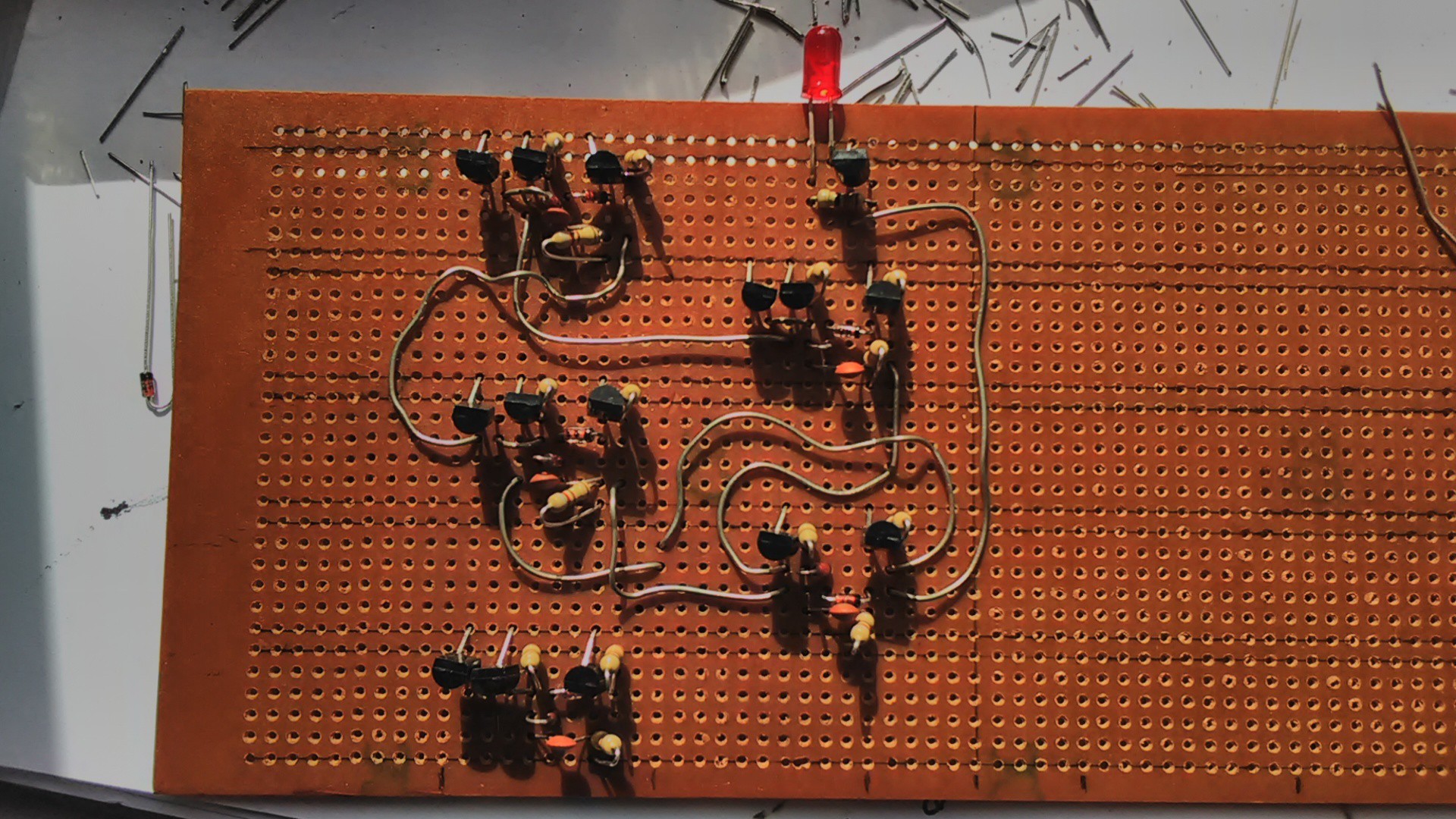
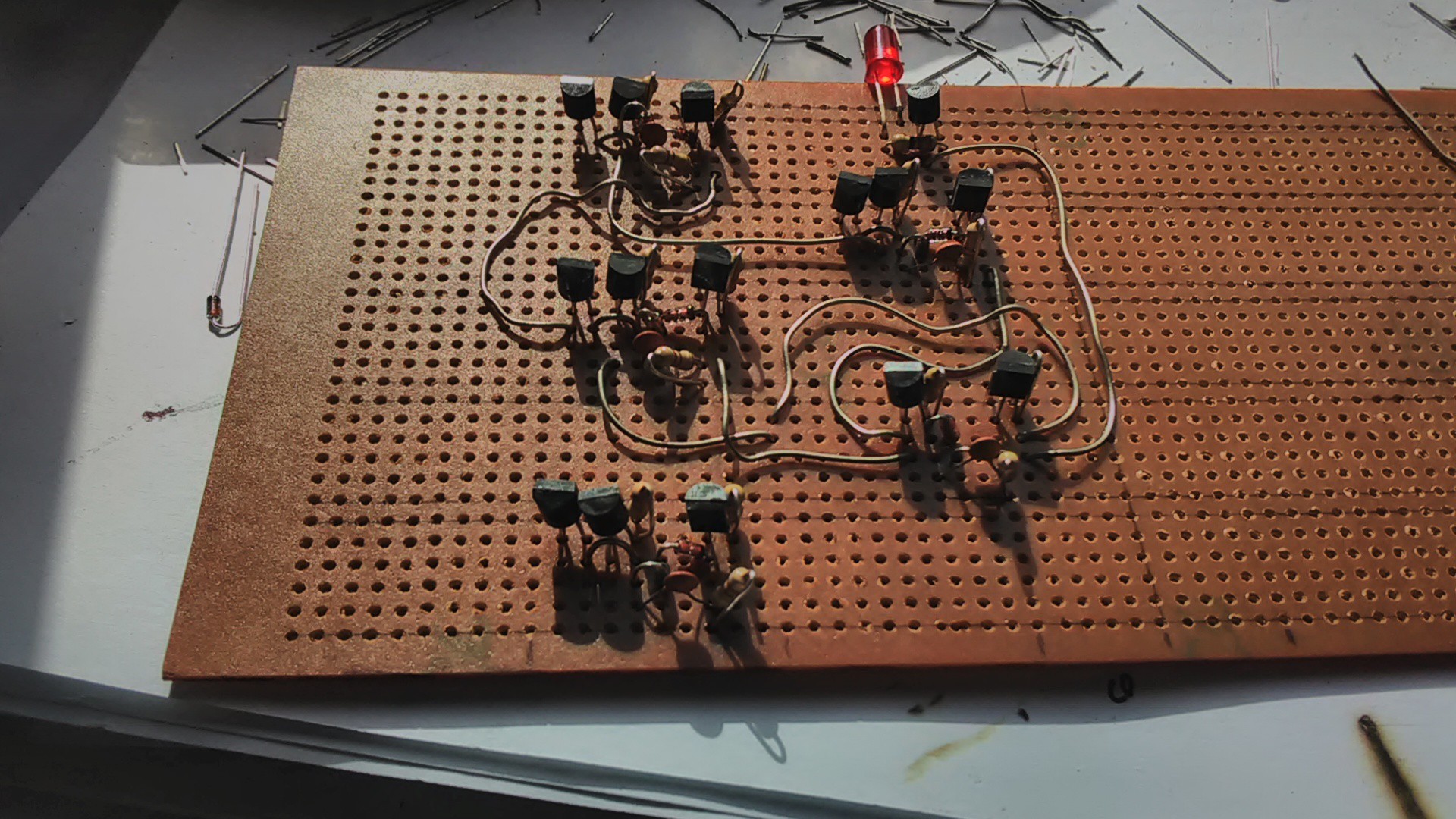
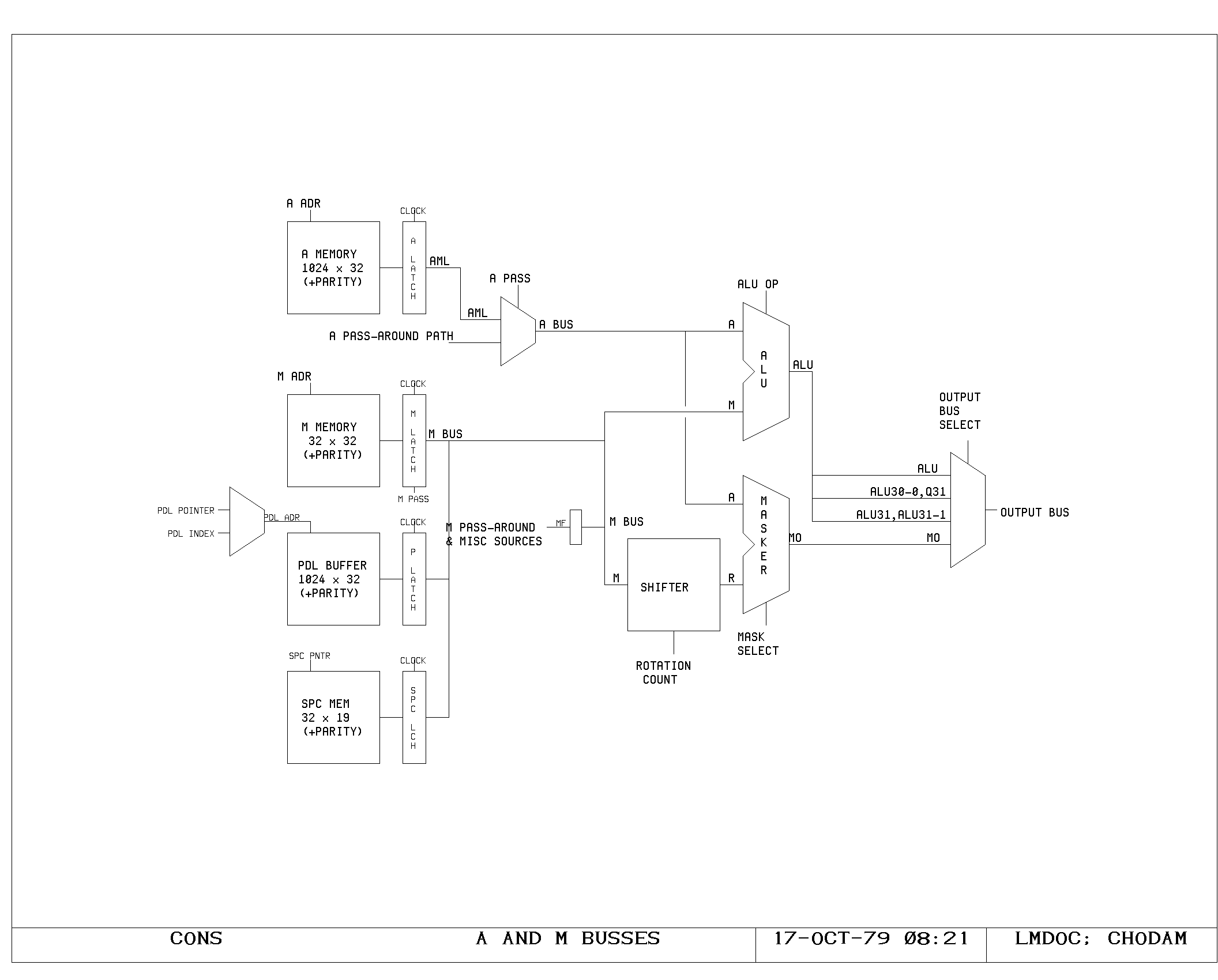
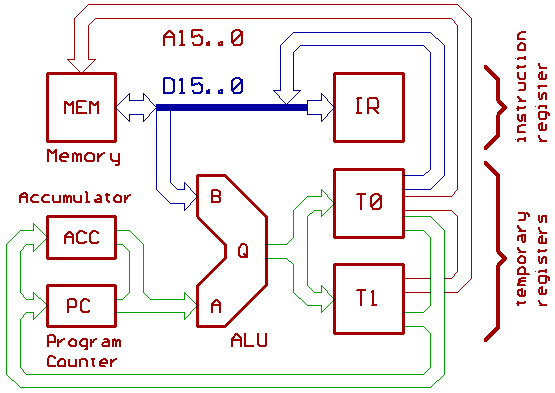
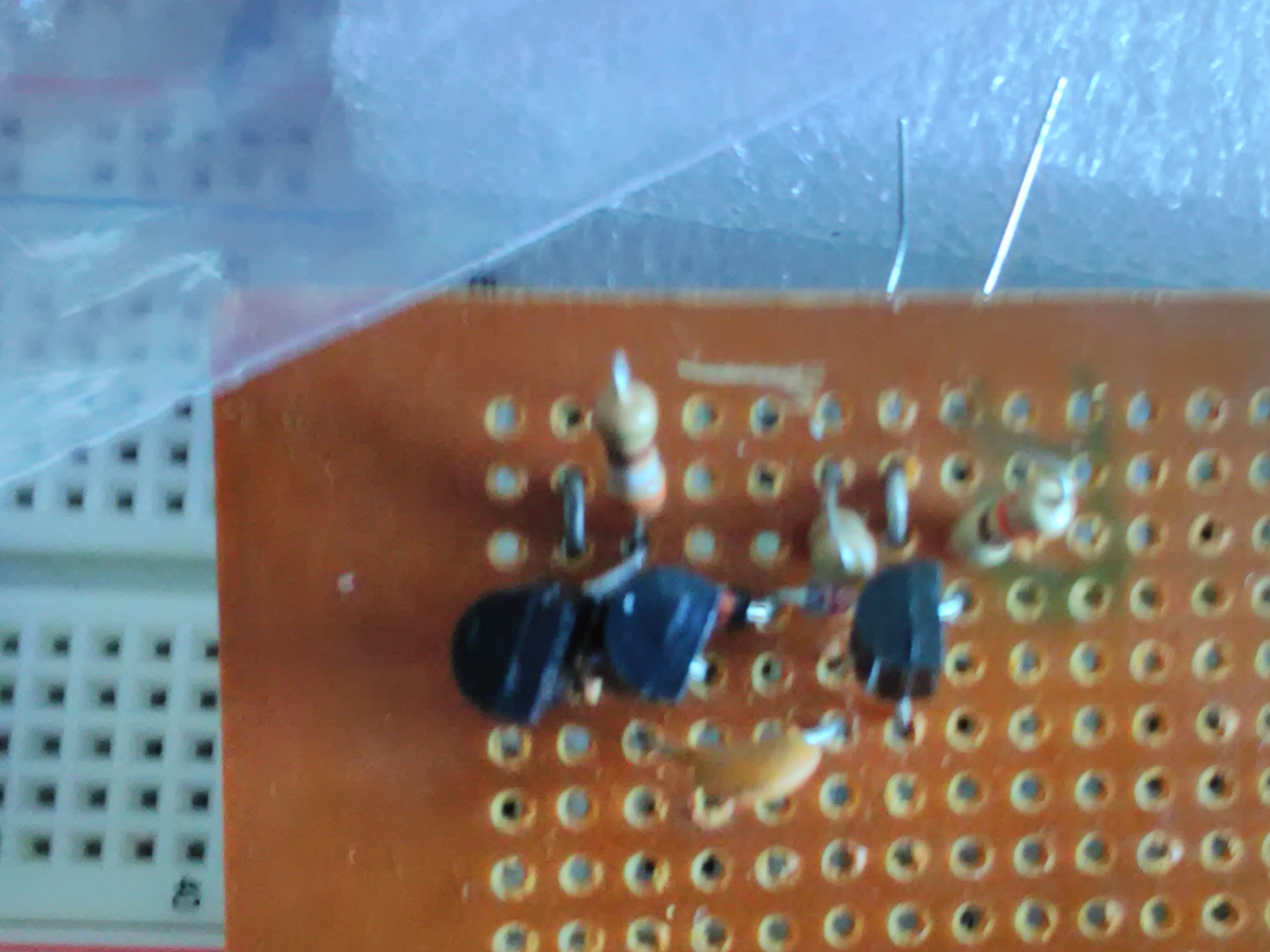
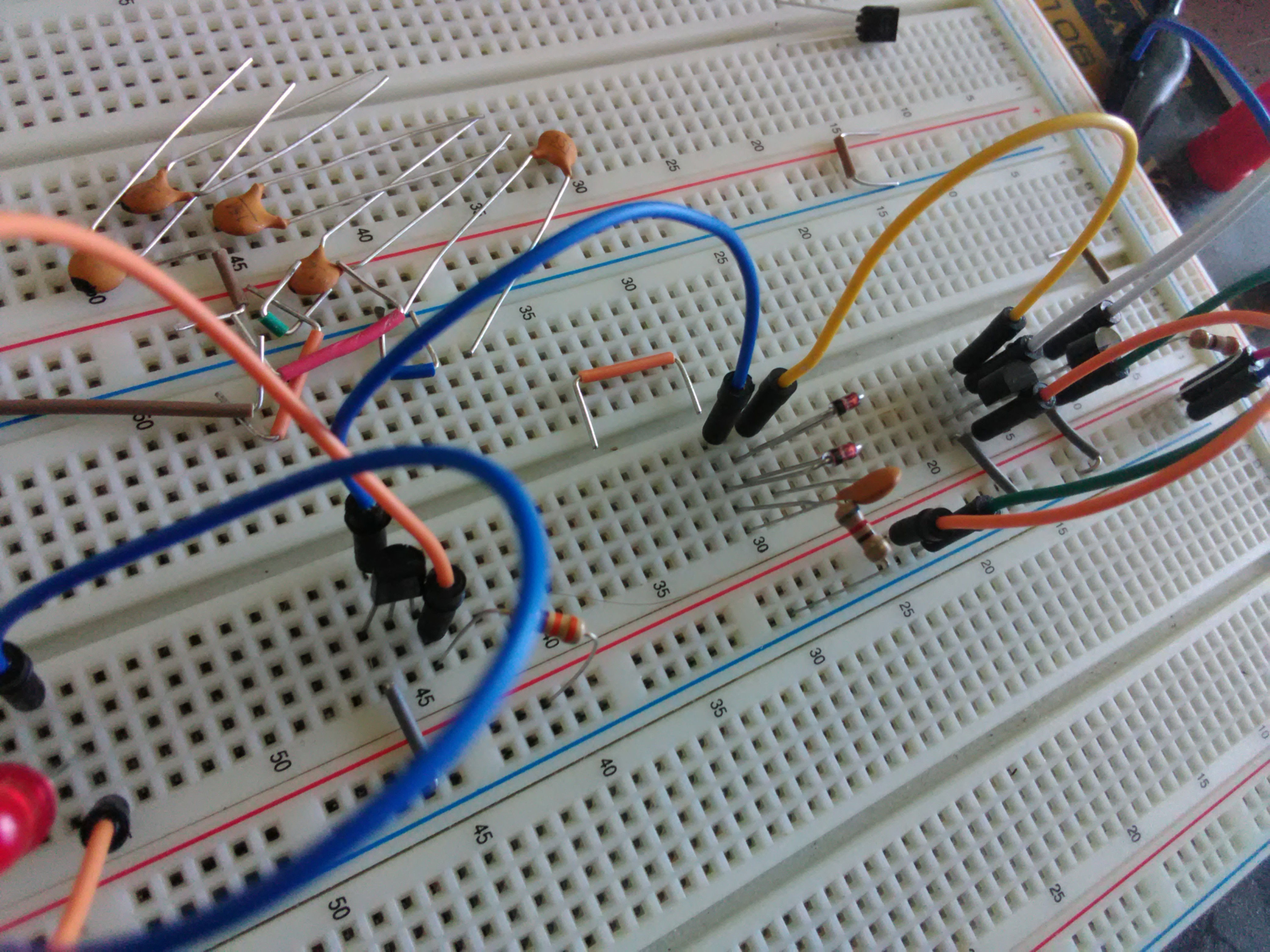
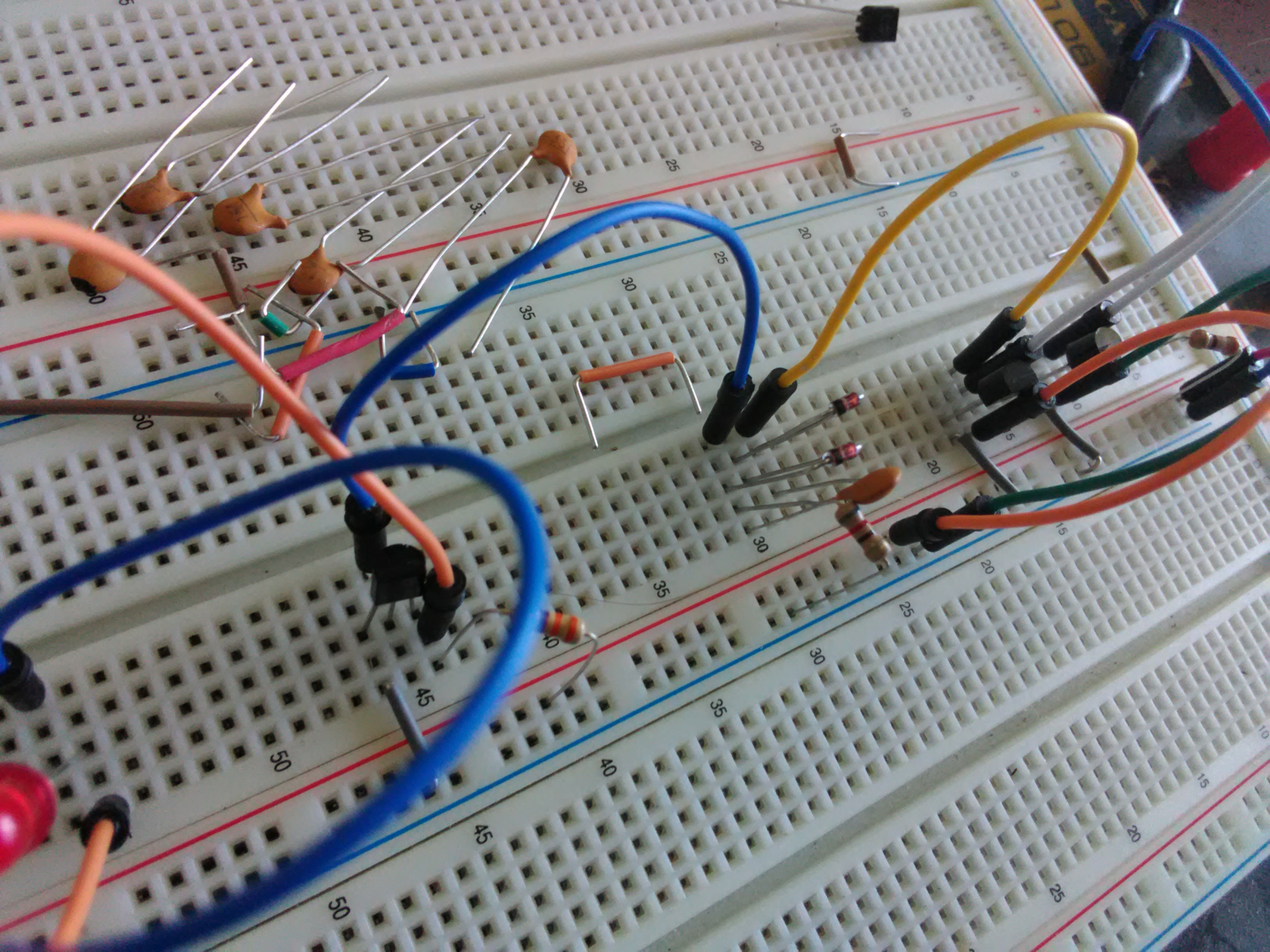
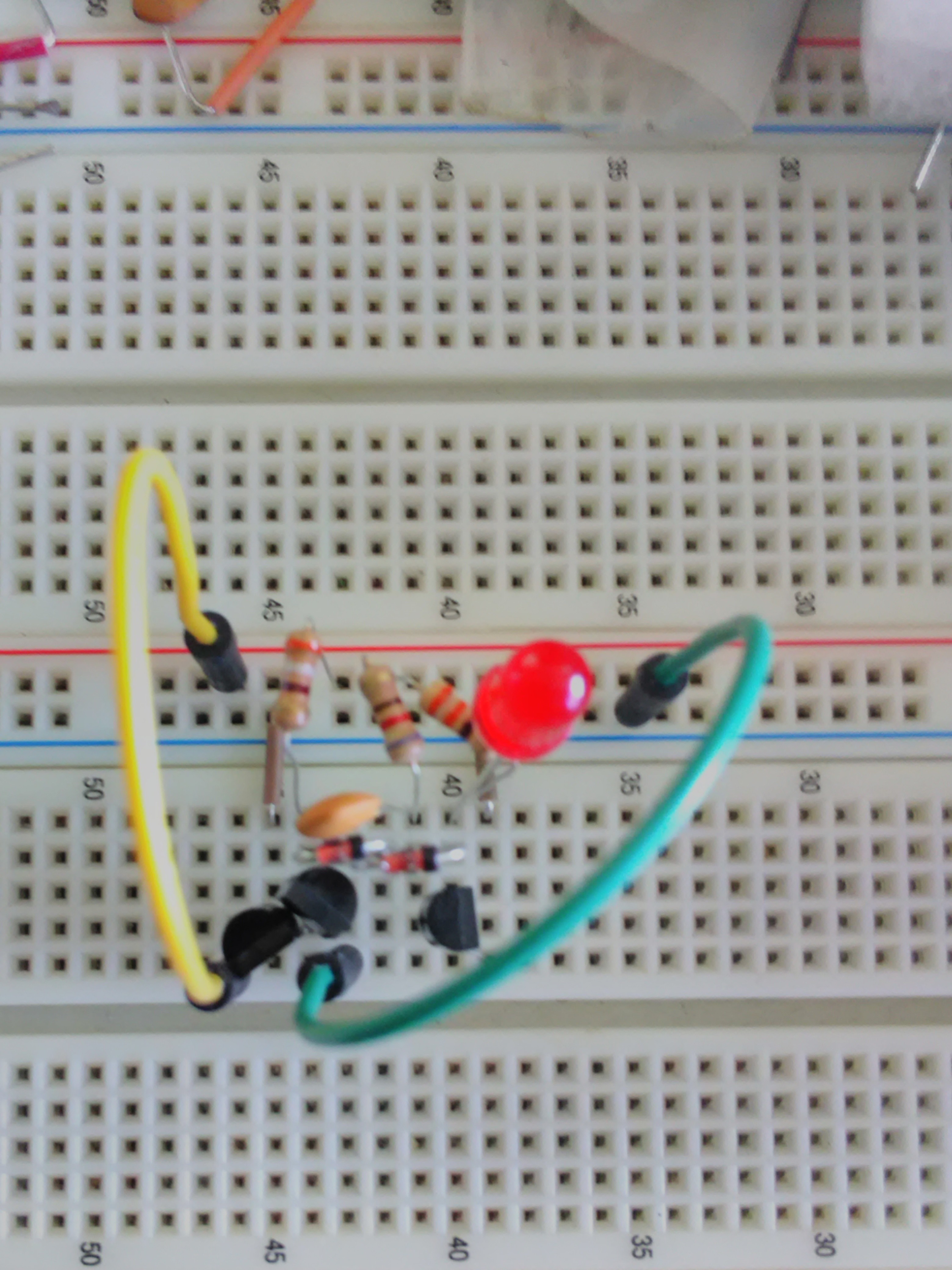
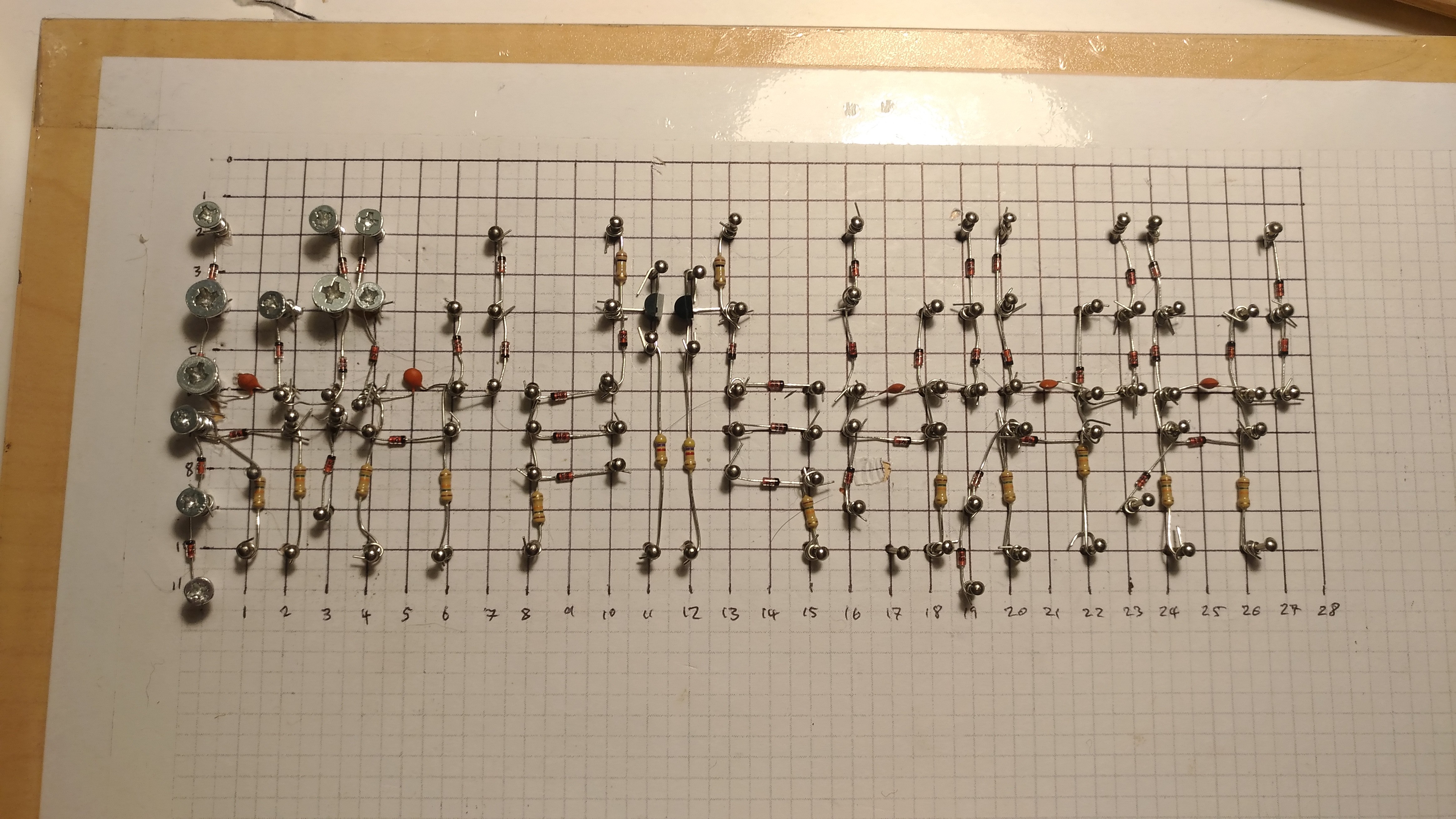
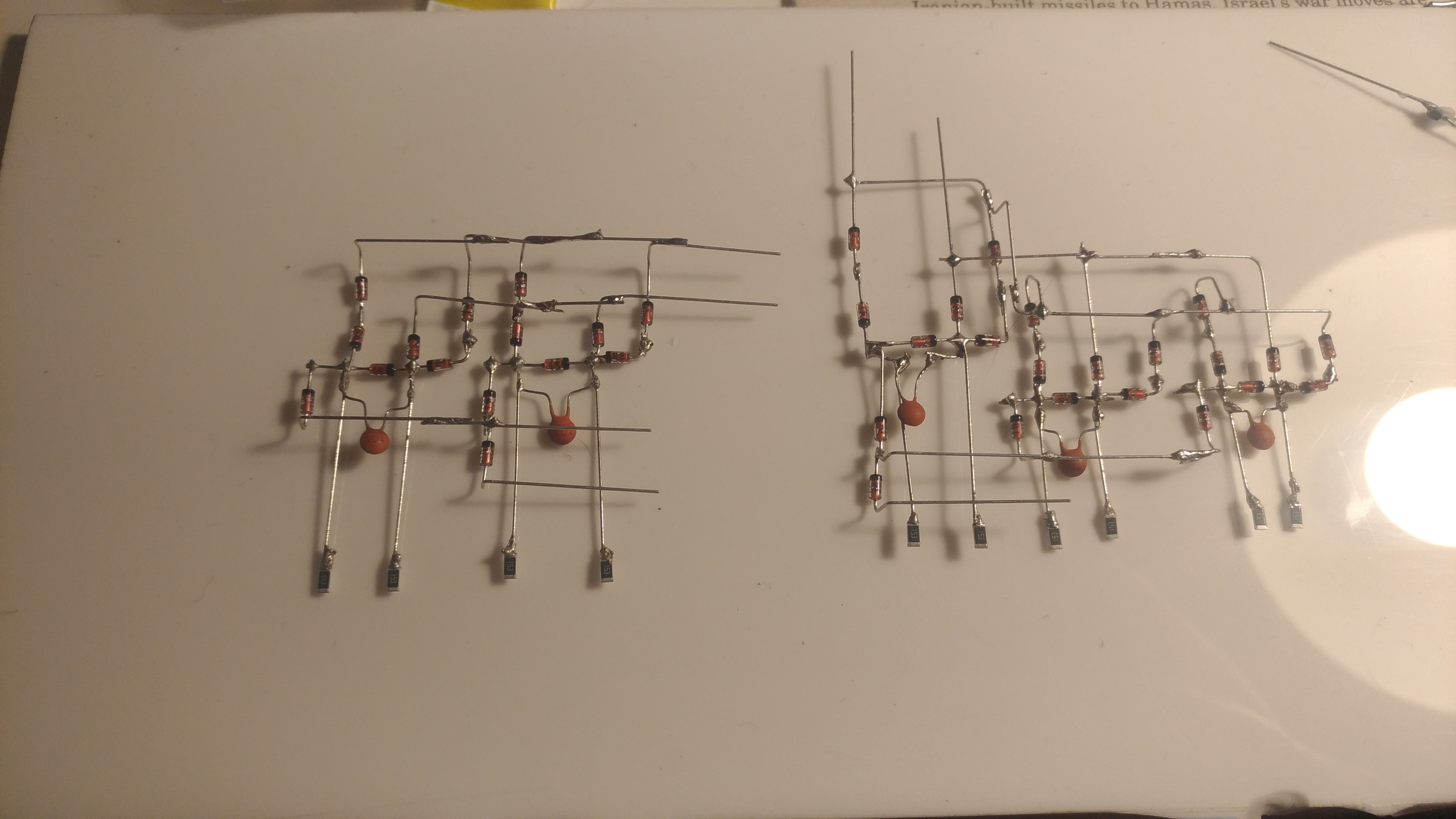
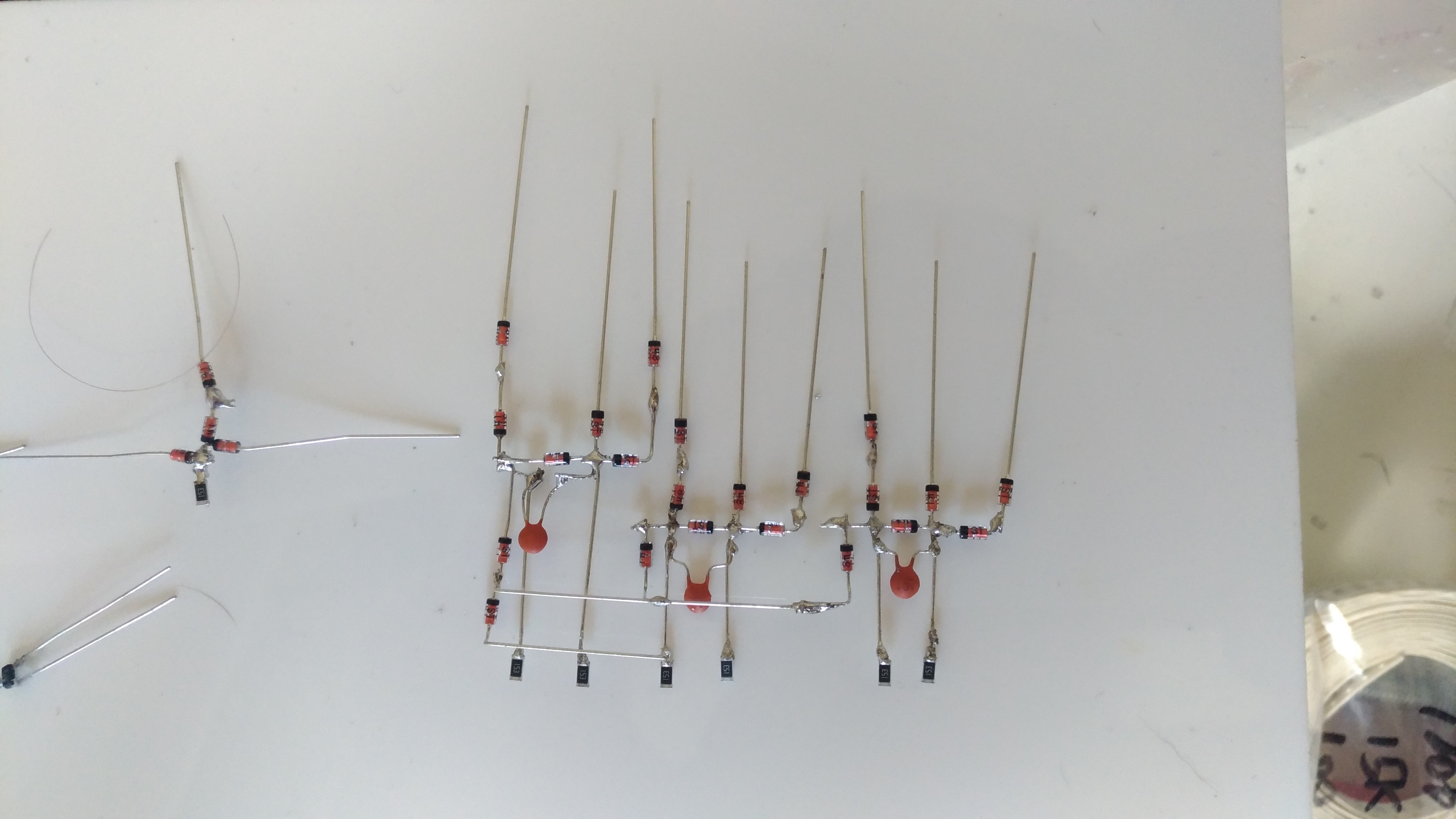
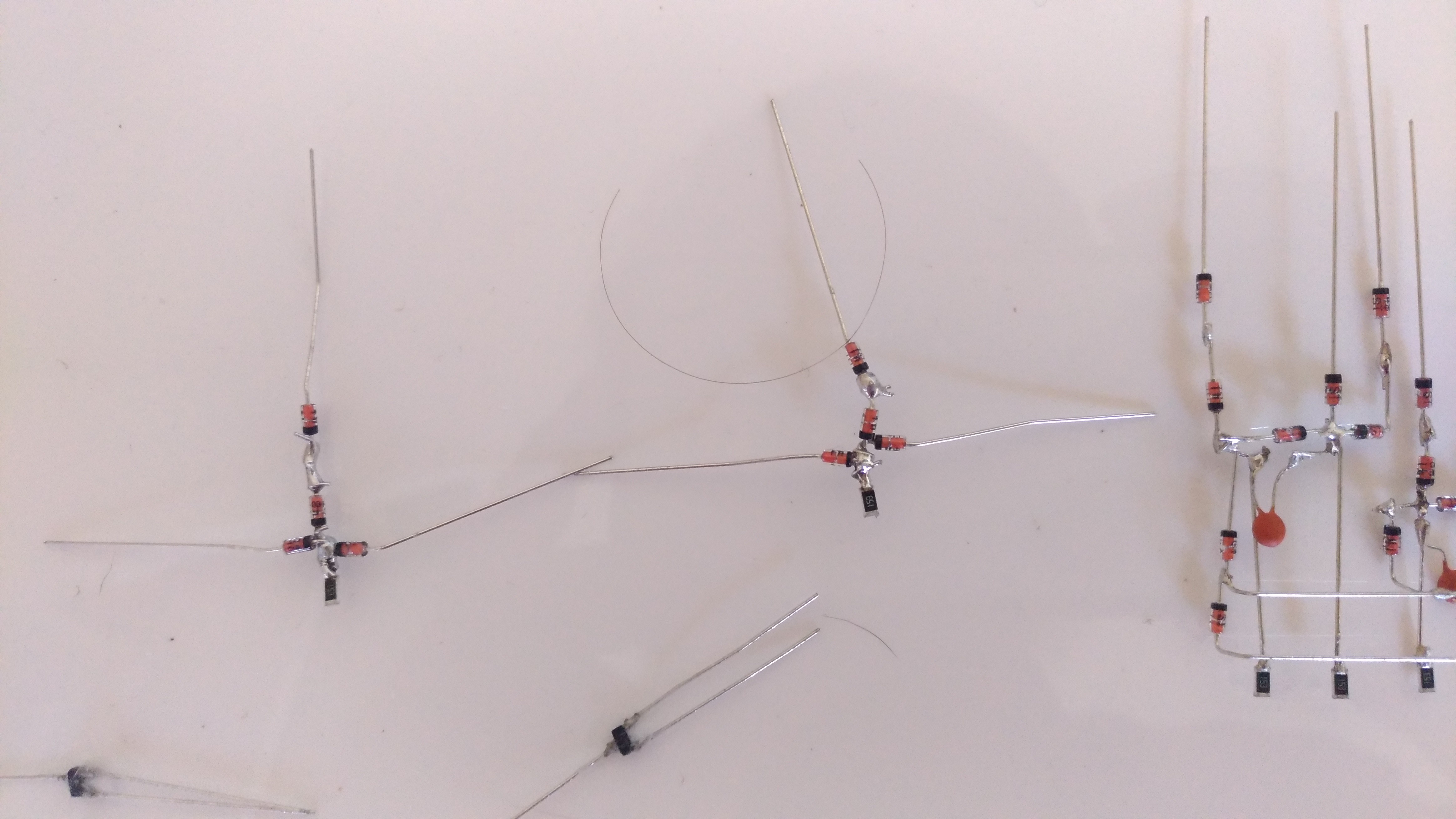
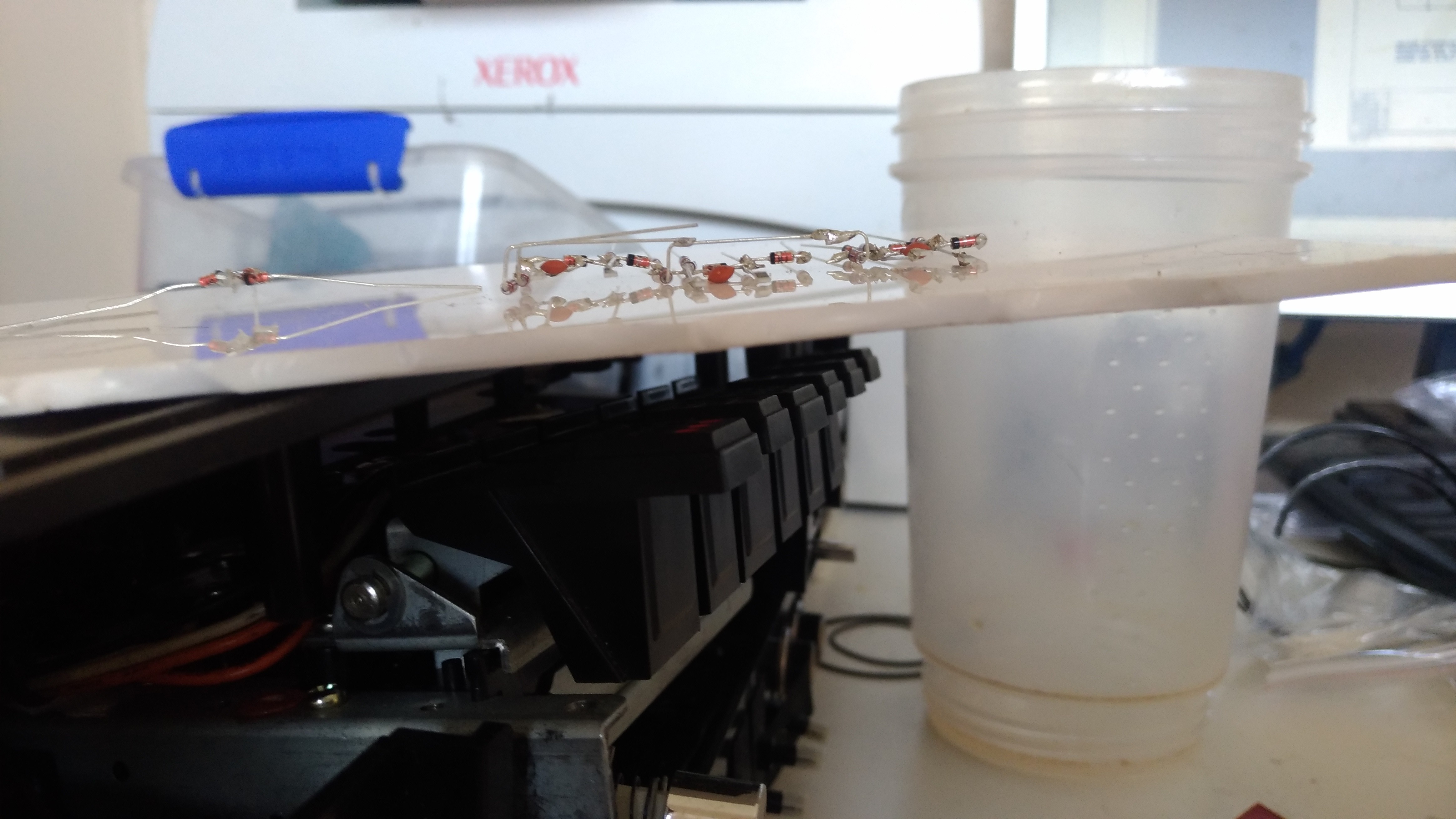
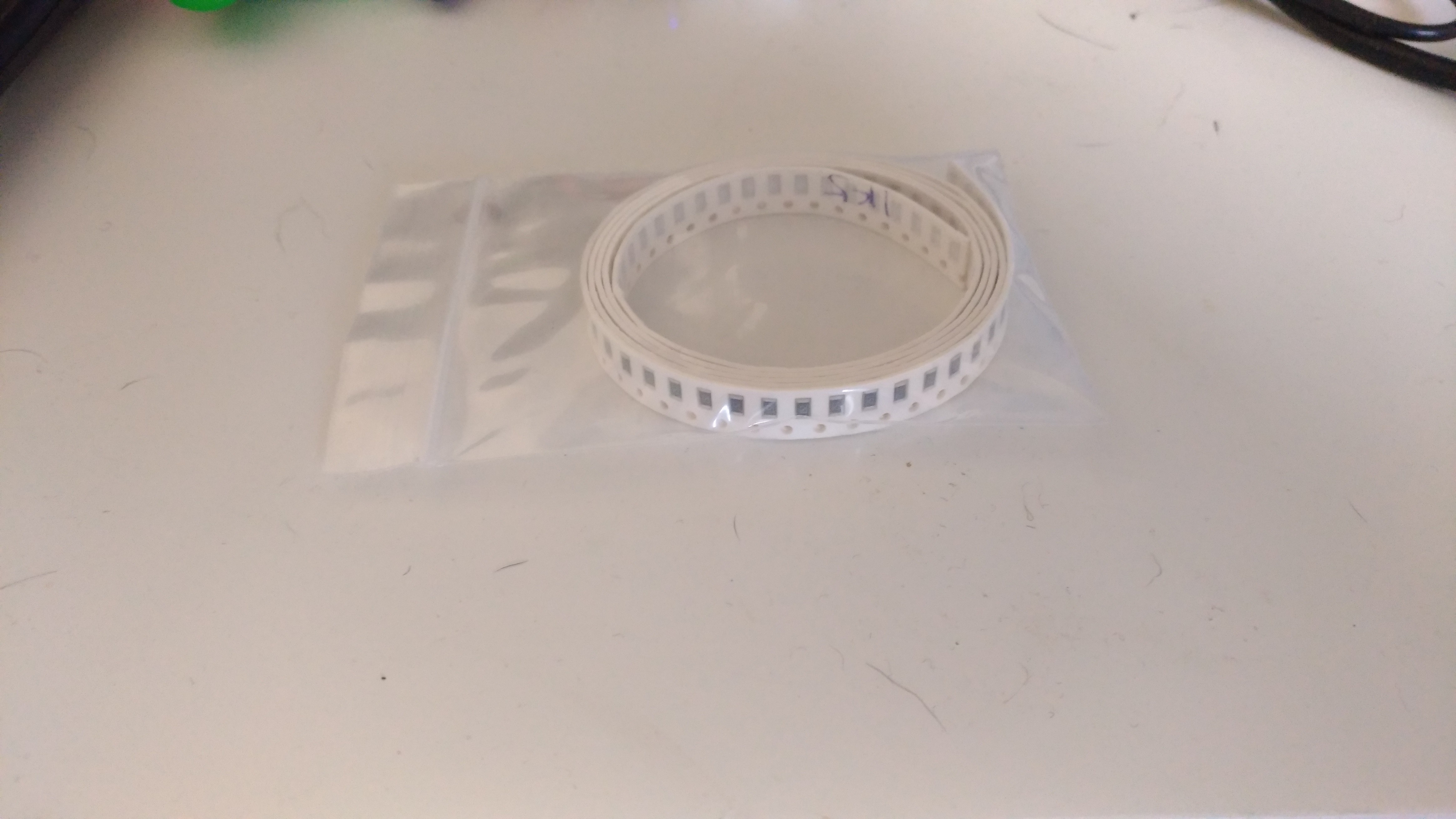
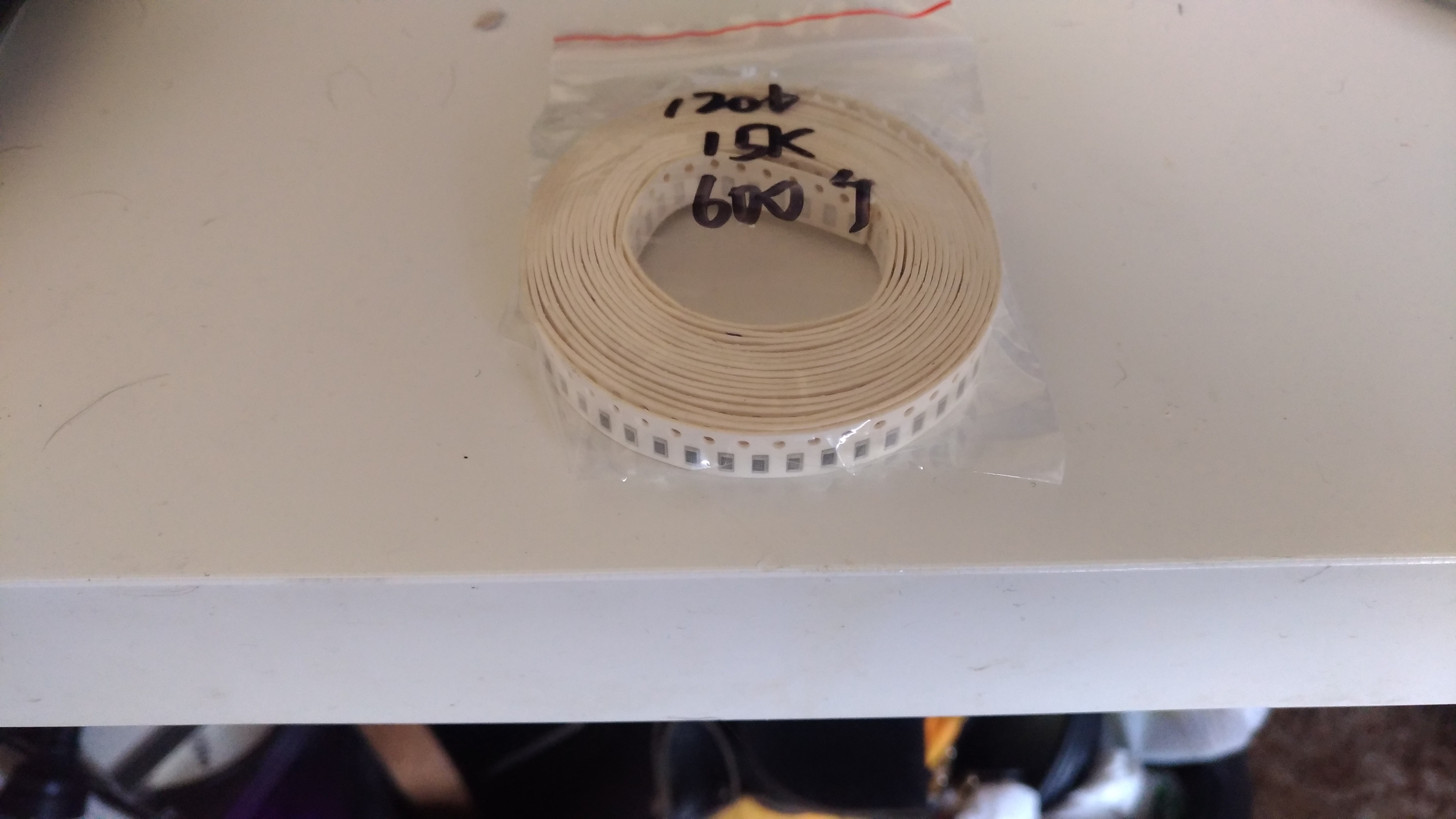



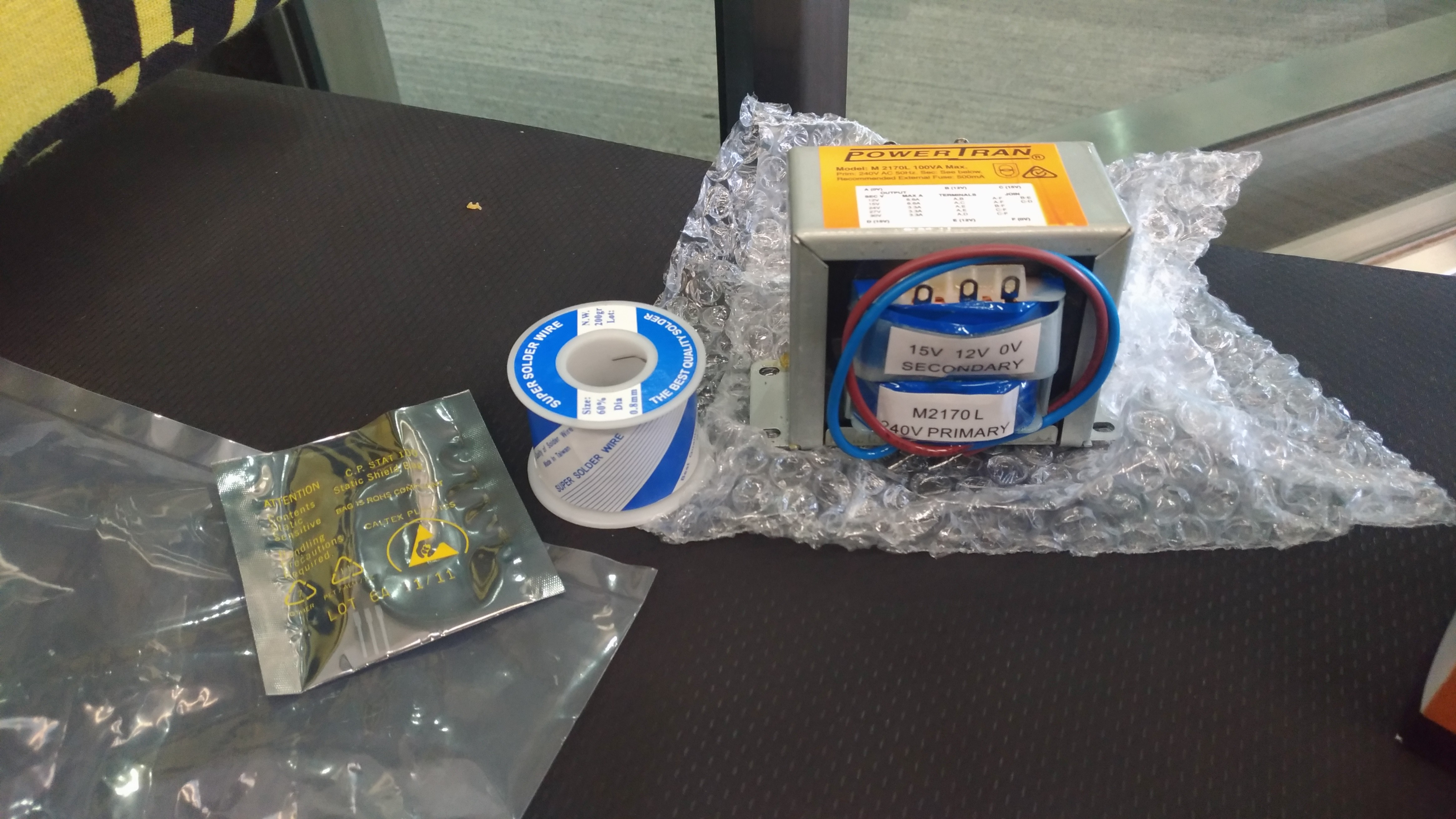





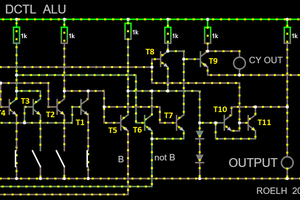
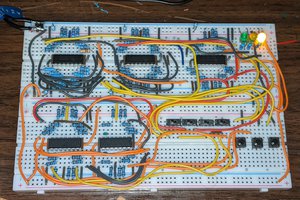
 Dave Collins
Dave Collins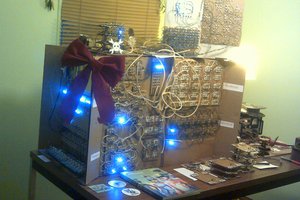
 Dr. Cockroach
Dr. Cockroach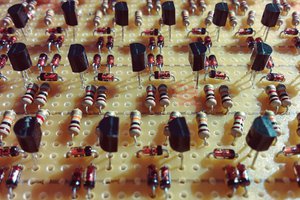
 matseng
matseng
Dare I ask to see the solder side?